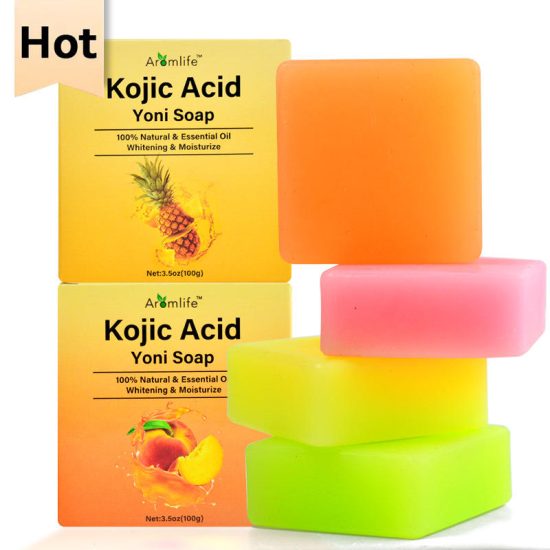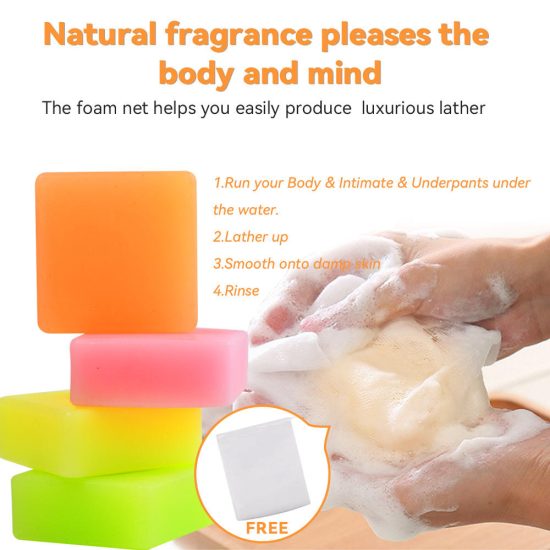In today’s world, where many are looking for ways to live more sustainably and minimize exposure to chemicals, making your own natural and organic soap is a rewarding and eco-friendly endeavor. Crafting your soap allows you to control the ingredients, ensuring they align with your values and preferences. In this step-by-step guide, we will walk you through the process of creating your homemade natural and organic soap.
Ingredients and Supplies You’ll Need:
Before we dive into the process, gather the following ingredients and supplies:
Ingredients:
- Base Oils: Choose a combination of organic, cold-pressed oils such as coconut oil, olive oil, and palm oil (sustainably sourced).
- Lye (Sodium Hydroxide): Make sure it’s food-grade or suitable for soap making.
- Distilled Water: Used to dissolve the lye.
- Essential Oils: For fragrance. Select organic options like lavender, eucalyptus, or tea tree.
- Additives: Optional, but you can add organic herbs, dried flowers, or natural colorants like cocoa powder or spirulina for texture and color.
Supplies:
- Safety Gear: Rubber gloves, safety goggles, and a well-ventilated area.
- Stainless Steel or Heat-Resistant Plastic Containers: For mixing.
- Thermometer: To monitor temperatures.
- Soap Molds: Silicone molds work well for easy removal.
- Stick Blender: To mix the ingredients thoroughly.
- Digital Scale: For precise measurements.
Step 1: Safety Precautions
Soap making involves working with lye, which is a caustic substance. Always wear your safety gear, work in a well-ventilated area, and be cautious throughout the process.
Step 2: Weigh Your Ingredients
Use your digital scale to measure the oils, lye, and distilled water according to your soap recipe. Be precise, as accurate measurements are crucial for successful soap making.
Step 3: Mixing Lye and Water
In a well-ventilated area, slowly add the lye to the distilled water while stirring gently. Do not add water to lye. This mixture will heat up, so be cautious. Allow it to cool to around 100-110°F (37-43°C).
Step 4: Heating the Oils
While the lye mixture is cooling, gently heat your base oils in a stainless steel or heat-resistant plastic container until they reach a temperature of 100-110°F (37-43°C).
Step 5: Combining Lye and Oils
Carefully pour the lye mixture into the heated oils. Use a stick blender to mix until the soap mixture reaches “trace,” which is when it thickens to a pudding-like consistency. This can take a few minutes, so be patient.
Step 6: Adding Essential Oils and Additives
Once trace is reached, add your choice of essential oils and any additives, like herbs or natural colorants. Mix thoroughly.
Step 7: Pouring into Molds
Pour the soap mixture into your chosen molds. Tap the molds on a countertop to remove air bubbles.
Step 8: Curing
Allow your soap to sit in the molds for 24-48 hours. Afterward, remove them from the molds and let them cure for 4-6 weeks in a cool, dry place. This curing process allows the soap to harden and become milder for use.
Step 9: Enjoy Your Homemade Soap
Once the curing period is complete, your homemade natural and organic soap is ready to use. Enjoy the satisfaction of knowing you’ve created a soap that’s gentle on your skin and the environment.
Creating your own natural and organic soap is a fulfilling and creative endeavor that allows you to customize your skincare routine while contributing to a more sustainable lifestyle. Happy soap making!


